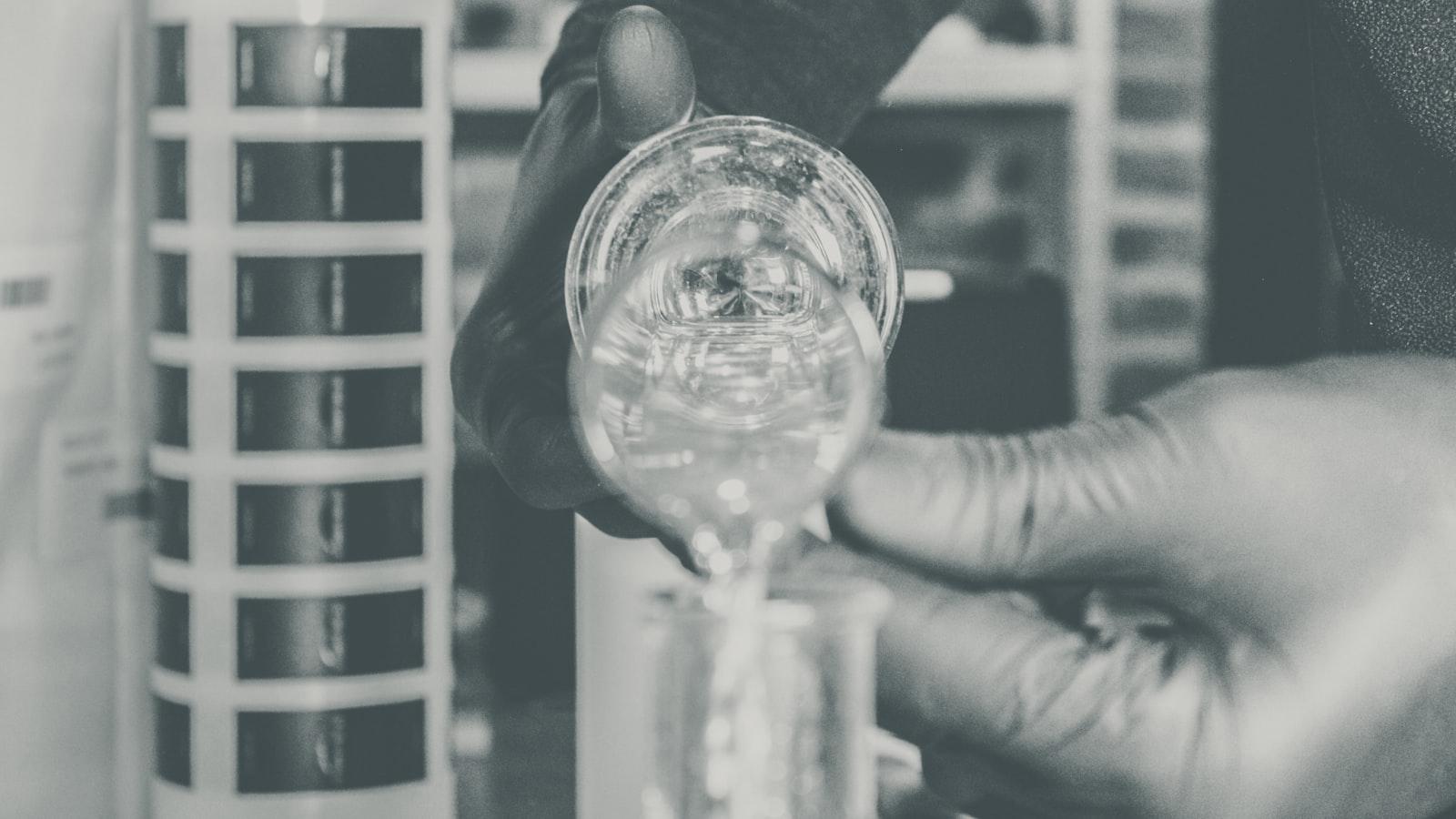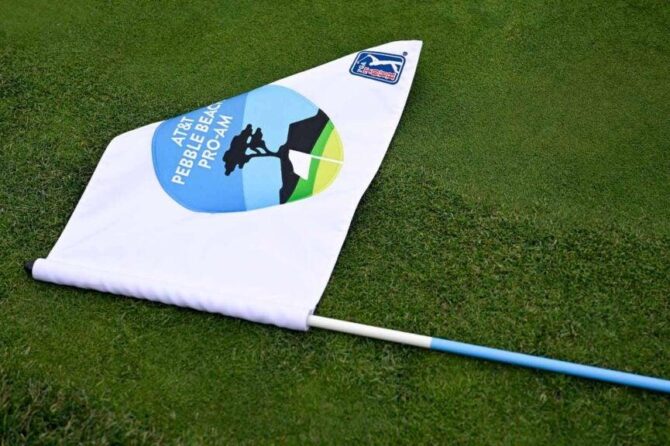Picking the right golf ball can make a big difference in your game. With so many different options on the market, it can be tough to know where to start. But don’t worry, we’re here to help. In this quick 3-step primer, we’ll walk you through the key factors to consider when choosing a golf ball. So whether you’re a beginner or a seasoned pro, you can find the perfect ball to help you take your game to the next level.
Considerations for Beginners: Forgiveness and Playability
There are a few things all beginners should consider when choosing a golf ball. Forgiveness and playability are two of the most important factors.
Forgiveness refers to how well a ball performs when hit off-center. A ball with a high forgiveness rating will still travel a relatively long distance and fly straight, even if it is not hit perfectly. This is important for beginners because they will likely hit a lot of off-center shots.
Playability refers to how easy a ball is to control. A ball with a high playability rating will be easy to hit and will respond predictably to different types of shots. This is important for beginners because they need to be able to control the ball in order to score well.
Other factors to consider include:
- Distance: The distance a ball travels is determined by its compression rating. A ball with a higher compression rating will travel further than a ball with a lower compression rating. Beginners should choose a ball with a low or medium compression rating to help them control the ball.
- Spin: The spin a ball produces is determined by its dimple pattern. A ball with a deeper dimple pattern will produce more spin than a ball with a shallower dimple pattern. More spin can help the ball stop quickly on the green, but it can also make the ball more difficult to control. Beginners should choose a ball with a moderate dimple pattern.
- Feel: The feel of a ball is determined by its cover material. A ball with a softer cover will feel better on impact, but it may not be as durable as a ball with a harder cover. Beginners should choose a ball with a soft or medium cover to help them develop a good feel for the game.
Precision-Focused Choices for Advanced Players
****
Advanced players seeking maximum precision and consistency can benefit from exploring specialized ball selections. These options offer advanced construction and innovative features designed to enhance spin control, trajectory optimization, and overall performance.
Feel Soft, Go Firm
Selecting a ball with a softer feel provides excellent spin and control for approaches and short game shots. Softer cores allow for greater ball compression, resulting in higher spin rates and enhanced stopping power on the greens. Conversely, players who prioritize distance and shot-shaping accuracy may prefer a firmer ball. A firm core minimizes spin and promotes a straighter ball flight, maximizing roll-out and distance.
Find the Right Spin and Trajectory
Ball spin plays a crucial role in trajectory optimization. Players seeking maximum lift and height, particularly on longer shots, should consider balls with high-spin characteristics. This allows them to achieve greater distance and control in a variety of conditions. Conversely, players who value accuracy and low spin for tight fairways or windy days may opt for low-spin balls that maintain a consistent trajectory.
Customization for Distance and Accuracy
Advanced players often seek balls that cater to their specific swing characteristics. To optimize distance, look for balls with high coefficient of restitution (COR) and aerodynamic designs. These features promote maximum ball speed and carry distance. Players seeking enhanced accuracy and ball control may consider balls with dimple patterns or surface texturing designed to stabilize the ball’s flight and reduce wind resistance.
Optimizing Ball Choice for Specific Swing Characteristics
****
Complementing ideal golf swing posture is the selection of a well-suited golf ball that aligns with your swing dynamics. Matching your swing characteristics to a specific ball type can optimize performance, enhancing distance and accuracy.
Evaluate your swing speed to guide ball choice. Higher swing speeds typically require balls with lower spin rates, providing more distance with less height. Conversely, slower swing speeds benefit from balls with higher spin rates, promoting greater launch and control. For example, a golfer with a 100 mph swing speed may prefer a ball with a spin rate in the 2500-3000 rpm range, while a golfer swinging at 80 mph may opt for a ball with a spin rate around 3500-4000 rpm.
Consider your launch angle as well. Golfers who generate a higher launch angle (>15 degrees) may benefit from a ball with a higher spin rate to prevent ballooning trajectories. On the other hand, players with a lower launch angle (<11 degrees) may seek a ball with a lower spin rate to maintain ball flight.
Finally, club interaction is an essential factor. For players using irons, a softer ball can promote greater spin and distance. However, woods and drivers typically perform best with firmer balls that minimize deformation and produce higher ball speeds.
Evaluating Ball Performance through Testable Metrics
****
Evaluating golf ball performance can be critical to making an informed decision when choosing the right ball for your game. Several critical parameters can be used to assess a ball’s performance and suitability for your swing and playing style. These parameters include distance, spin, and feel, each of which can be measured and quantified.
When evaluating distance, you’ll want to consider the ball’s coefficient of restitution (COR). The COR measures the ball’s springiness and is used to calculate the ball’s initial velocity off the clubface. A higher COR will result in a faster ball speed and more distance. Spin, measured in revolutions per minute (RPM), refers to the ball’s rotation around its axis. Spin is essential for controlling ball flight and producing the desired trajectory. The higher the spin rate, the more the ball will curve in flight.
Feel, a subjective parameter, refers to the ball’s responsiveness and feedback at impact. It’s often described as “soft” or “firm” and is influenced by the ball’s construction and cover material. Feel can affect a player’s confidence in their shots and their ability to control the ball’s trajectory.
To comprehensively evaluate a ball’s performance, you can conduct your own testing using a launch monitor or by relying on data from independent testing facilities. These tests can provide quantifiable data on distance, spin, and feel, allowing you to compare different balls and make informed choices based on your playing style and preferences.
For the latest golf news, visit golflessonschannel.com.






